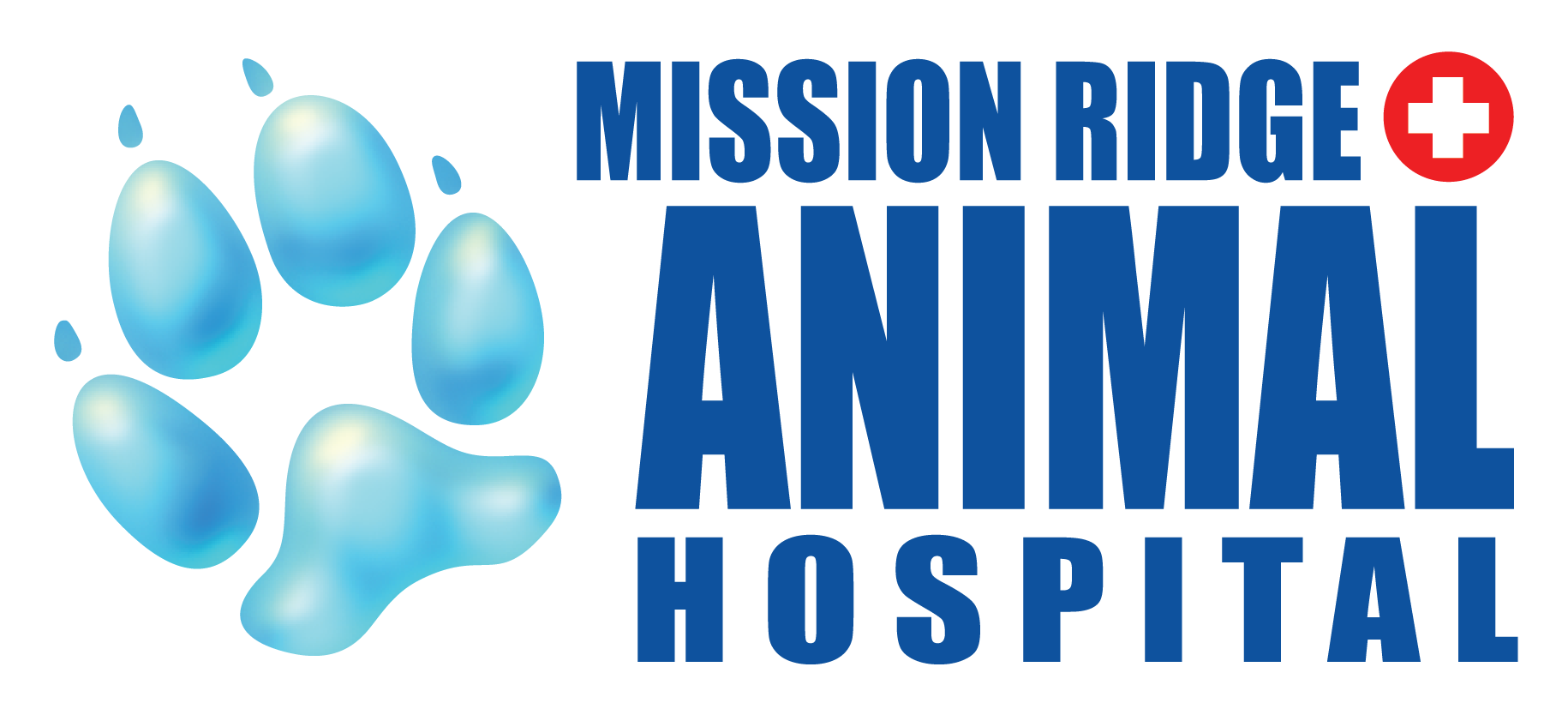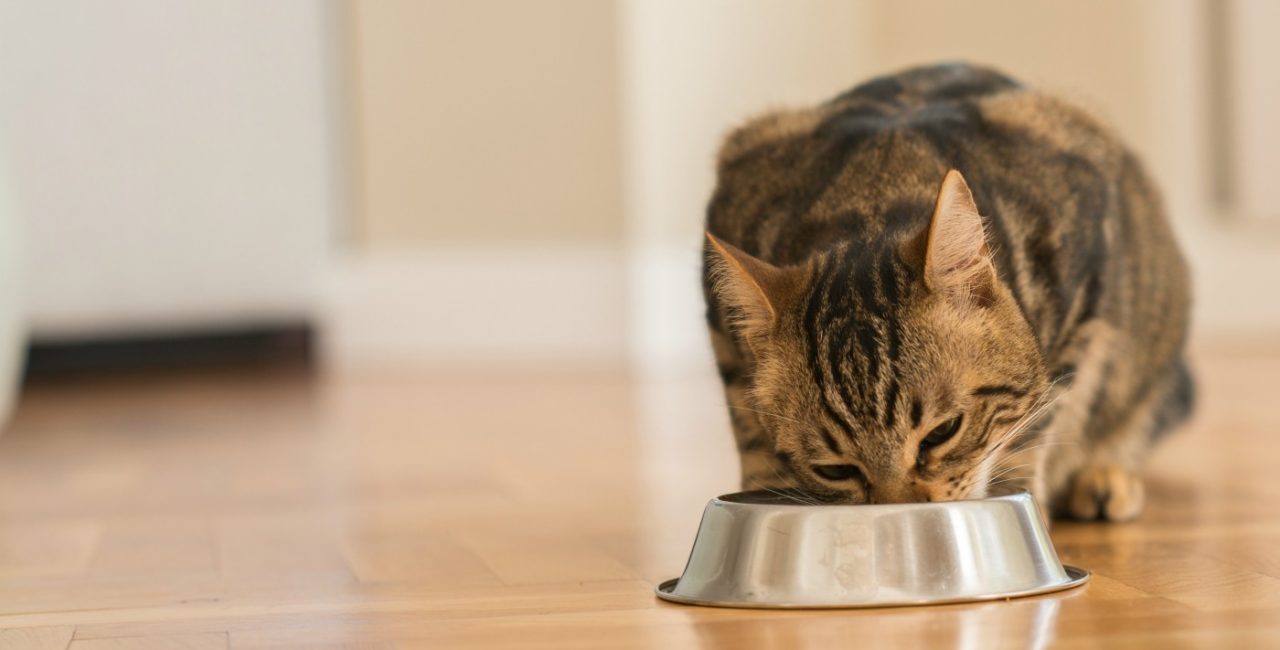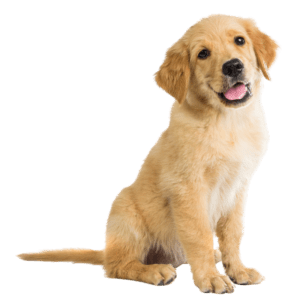We polled our veterinarians to find out the most common questions that pet owners ask when they are in for an exam. The first most common question was “Is my pet a good weight?” and was the subject of a previous blog post. The second most common question was “How much food should I feed my pet?” and that’s what we will address today.
It will be helpful to review the previous blog post which can be found here, as most of these factors apply in both questions. If your pet is not a healthy weight, then a more diligent feeding schedule needs to be adopted for either weight gain or loss. If your pet is a healthy weight, then factors such as the brand of food, feeding schedule and activity level will be considered before determining the daily food quantity.
Food choice – there is not enough space to get into a debate about different brands of pet food, but in general, every food has some pros and cons and they all have a different composition of nutrients that make up the number of kilocalories in the food. Some foods are nutritionally dense and your pet may only need 1 cup per day. Other foods are full of empty calories and your pet may need 4 cups per day to get the same amount of energy. A helpful way to look at this is the difference between eating MacDonald’s every day or eating a large salad with lots of protein and healthy carbs. Your veterinarian can help you determine if the brand of food you have chosen is appropriate for your pet’s age, lifestyle and any other health factors that should be considered. The amount of energy contained in the food is called kilocalories, and using some helpful charts, we can determine how many kilocalories your pet needs in a day and then we can convert that to cups or cans per day. The factors we consider are primarily age, energy level and current weight. One of our technicians or your veterinarian would be happy to help you with the math!
Feeding schedule – this factor mostly depends on your lifestyle. Are you home all day with your pet or do you work long hours? As well, your pet will help you make decisions about how often to feed them as well. If you give them their food for the day all at once, do they devour it immediately or do they pick at it slowly all day? If they eat it all right away, it may be best to split their food into multiple feedings if possible, or hide it around the house so they must work to find it. If they pick at their food all day and then don’t even finish it because it has gone stale by the end of the day, they would also benefit from smaller feedings. This will also help you determine how much they are actually eating, and prevent other pets from sneaking a bite. Please note, canned food is only good for about 2 hours once it is in a dish, after this, it should be discarded. If your pet picks at their canned food all day, it is even more important to split this into multiple feedings to prevent them eating spoiled food.
Activity level – does your dog never seem to stop moving or are they a couch potato? Do you take them for several long walks every day or do they get a jaunt around the block once a day? These will determine how much food they should get and will help determine if their weight makes sense or if there could be an underlying problem.
“But what about those charts on the back of the bag, can’t I use that?” While those charts can be helpful in a pinch and offer a rough guideline, they are not specific to your pet and cannot take all the individual factors into account. If you are following those guidelines and your pet seems to be gaining weight or losing weight, you may need to feed less or more than what is on the bag.
As with weight, there is no one size fits all for feeding amounts as there are several factors to consider for your unique pet. Your veterinarian is the best source of advice for anything regarding nutrition as they are familiar with all the factors above and can help you come up with a personalized feeding plan.
Written by: Amy Field, RVT



